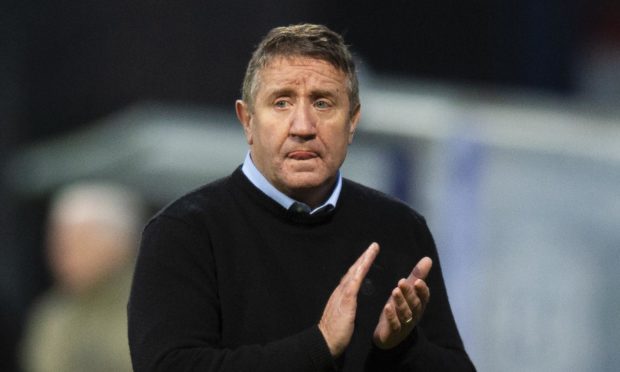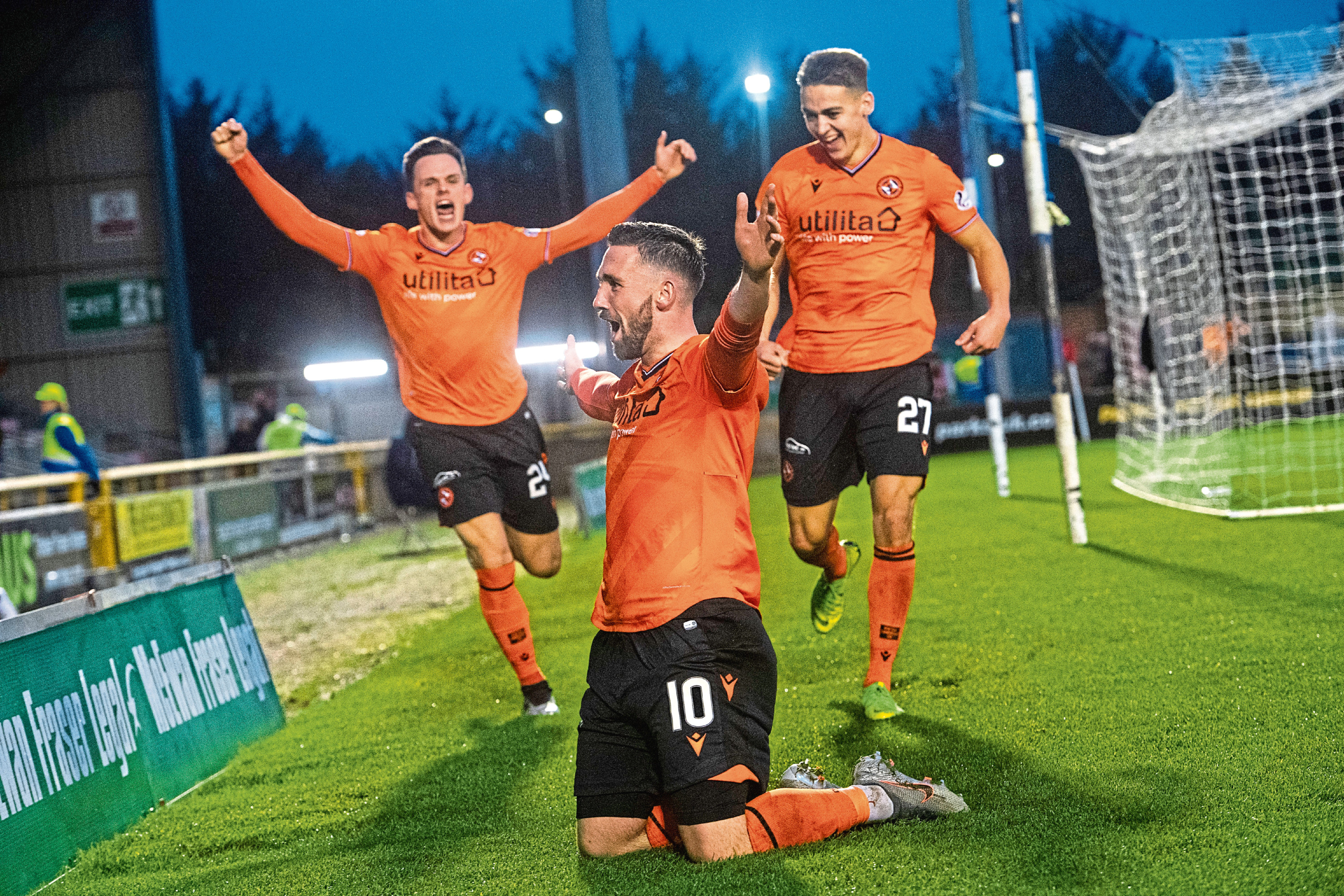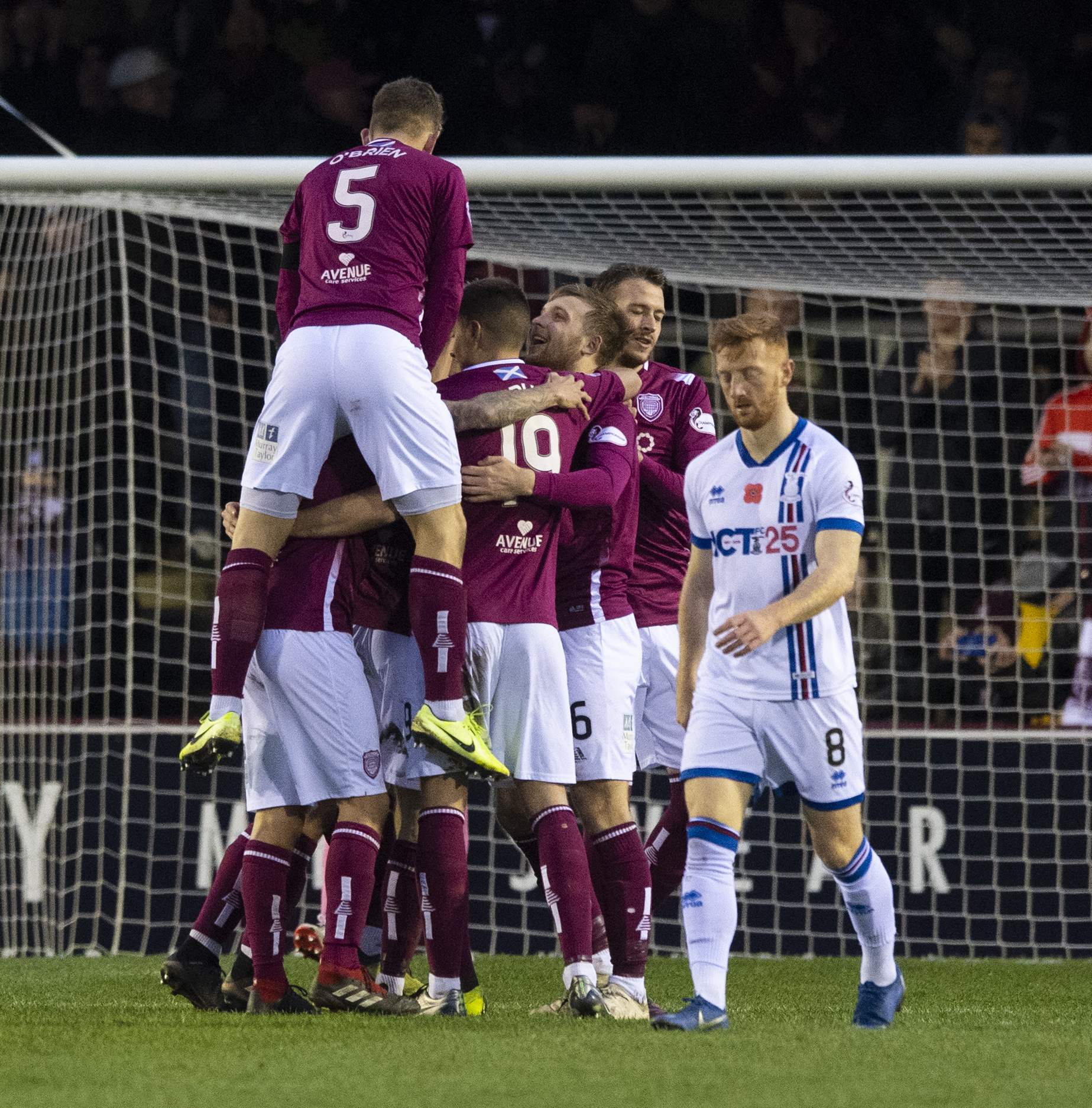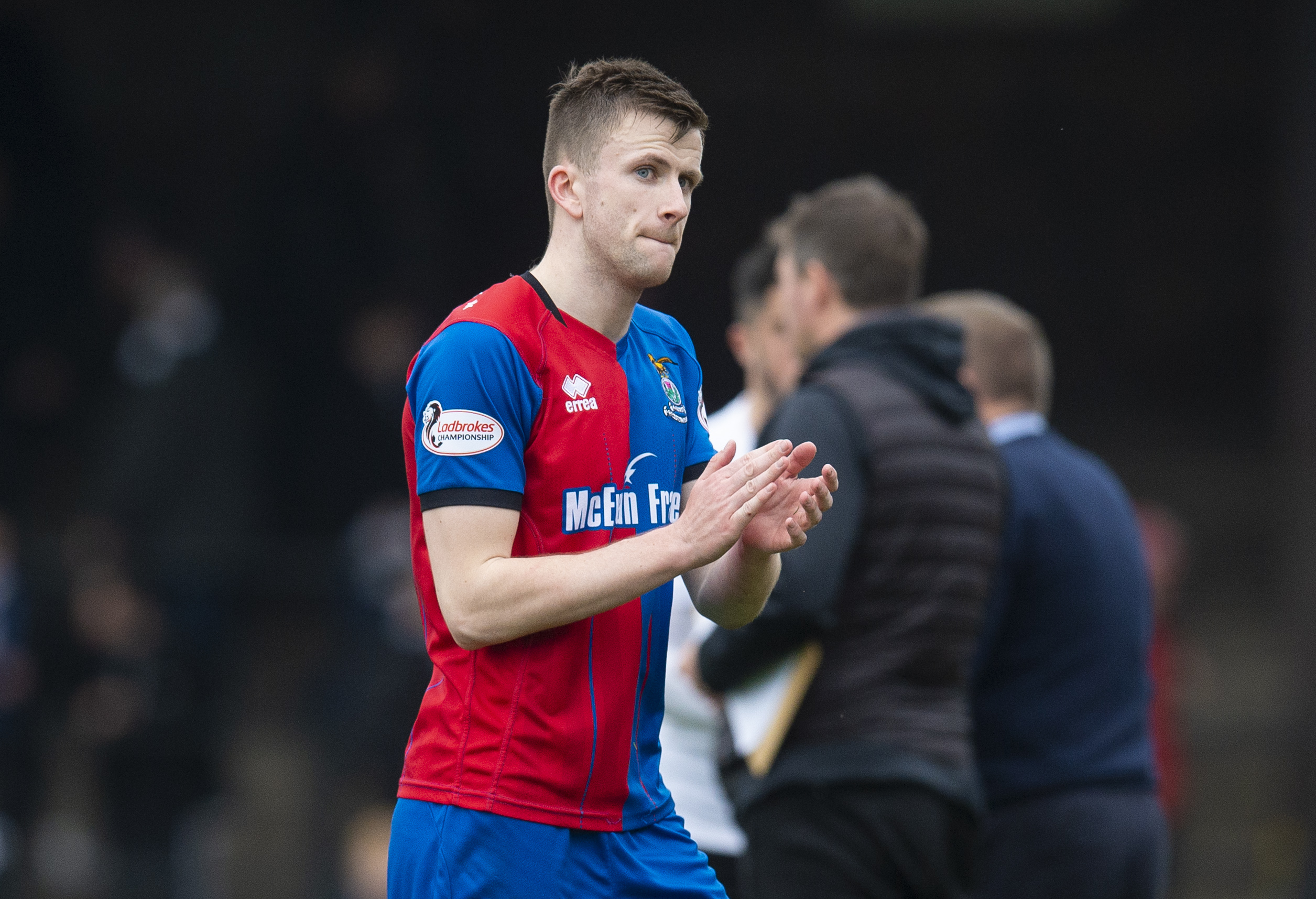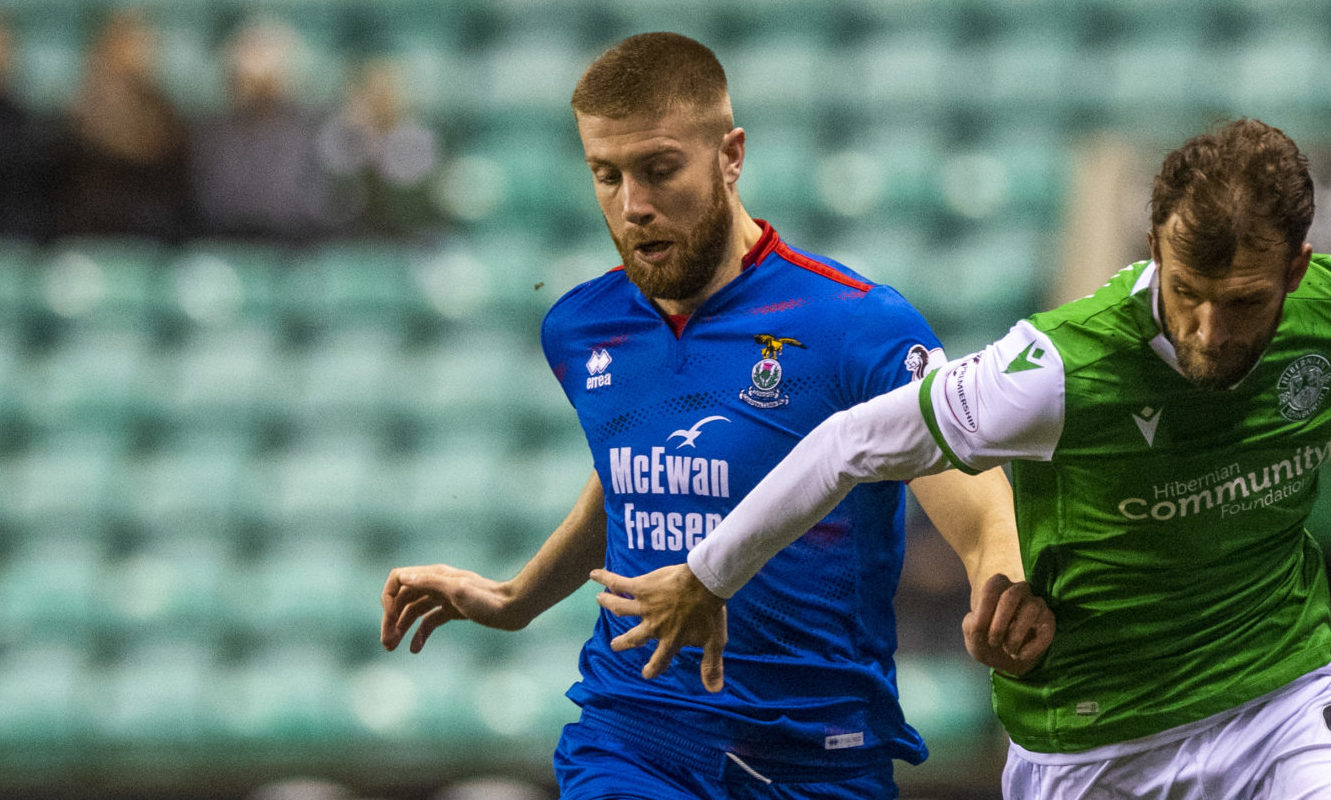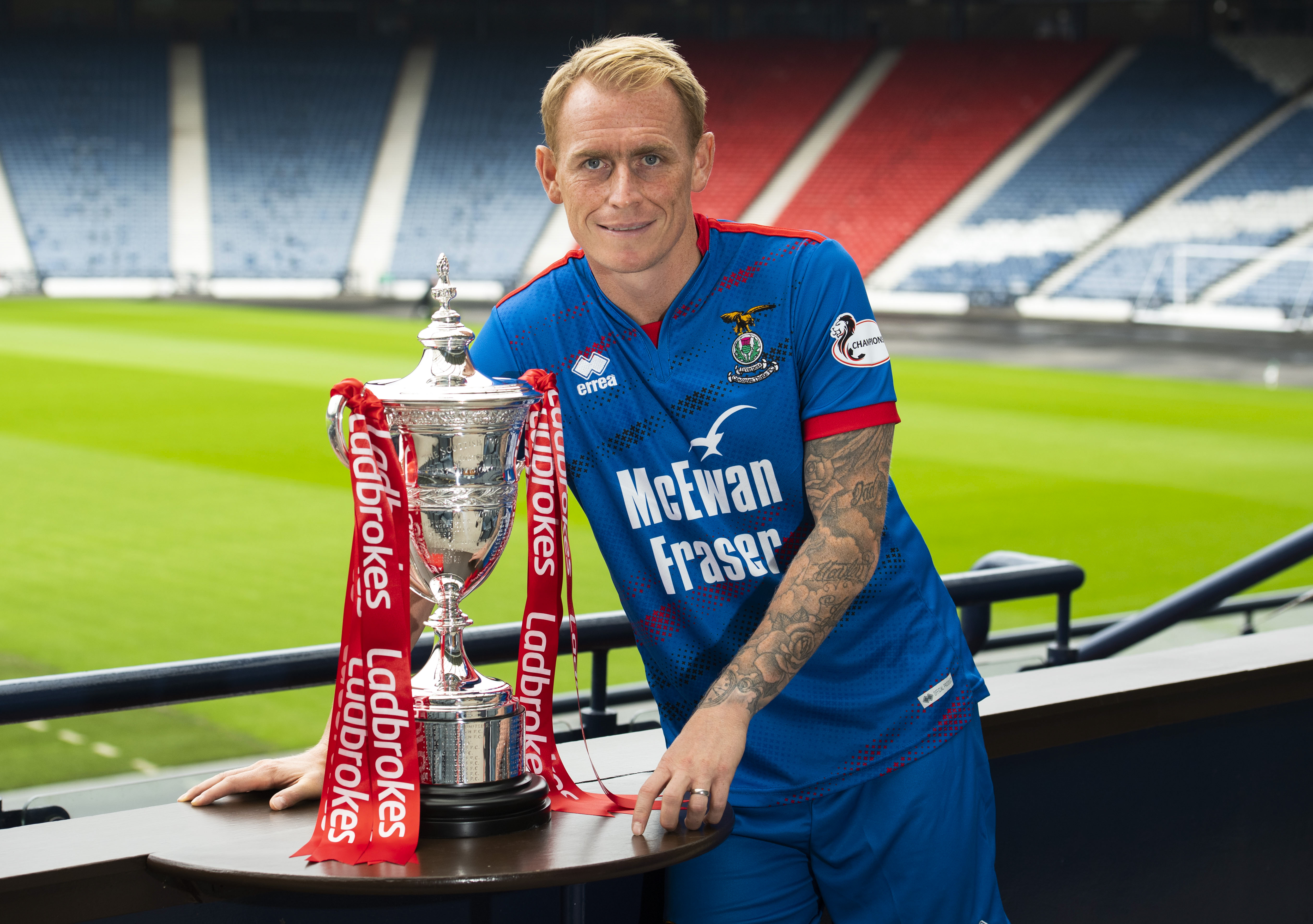Caley Thistle’s second-place finish in the Championship continues their gradual trend of improvement under John Robertson.
Inverness never looked likely to threaten Dundee United for top honours, owing mainly to the devastating form of Robbie Neilson’s men.
Although their consistency dwindled towards the end of the shortened campaign, United had earlier taken off with a run of nine wins on the bounce which saw them command a double-figure lead since the end of last year.
Although it was always United’s title to throw away, Inverness will reflect on some missed opportunities to make their challenge a more competitive one.
Reversing the trend of losing all three meetings with the Tannadice outfit could have sparked a title push in itself, while double losses against bottom club Partick Thistle and part-time Arbroath will also rankle.
Even without the notion of what could have been, this still goes down as an impressive season for Caley Thistle. Although they had teams on their coat-tails throughout, the Highlanders predominantly kept hold of second place from the Christmas period onwards.
Again, they passed up chances to make their grip on second a more convincing one, but they had looked the most consistent and likeliest team to finish best of the rest for some time.
Had the season been played to a finish and Inverness held on for second, it would have been very interesting to see how they fared in the play-offs with the benefit of 10 days’ extra rest compared to last season.
There is no certainty they would have gone all the way, but history shows teams stand a better chance of doing so if they can avoid the first round of the fixtures.
Coronavirus put paid to the Highlanders discovering their fate in the play-offs, but a second top-four finish in as many seasons is the mark of good progress for a team which marginally had to settle for fifth in their first season after relegation.
Caley Jags have also topped up their already impressive cup pedigree this term. Although progression through the Betfred Cup group stage frustratingly continues to evade them, they were 90 minutes from adding to the trophy cabinet, having booked a Tunnock’s Caramel Wafer Challenge Cup final berth against Raith Rovers.
On the day in which Caley Jags celebrated the 20th anniversary of their most famous triumph against Celtic, Inverness produced arguably their most impressive result of the season by fittingly knocking Livingston out of the Scottish Cup.
A further top flight test away to Hibernian proved a step too far, but these outings will be valuable experience should the Highlanders be handed a pathway into the top-flight through league reconstruction.
On the assumption that reconstruction does not happen, Inverness will have to prepare for a fourth successive season in the Championship.
Although they will see the back of a strong Dundee United team, it is unlikely to be any easier for the Highlanders, with Hearts coming down to take their place, while the likes of Dundee and Ayr United will be eager to make a fresh push.
Robertson deserves immense credit for work amid squad struggles
John Robertson’s success amid an ongoing battle to keep his Caley Thistle squad together is worthy of its own article.
When Robertson returned for a second spell in charge at Caledonian Stadium in 2017, he arrived at a club which was being forced to scale back following relegation.
Promotion back to the top flight has remained the objective and Robertson has crept his side closer to achieving it, despite the gradual loss of parachute payments.
The task has been made even more challenging by the continued loss of players who were tempted elsewhere and this season was no exception.
It started with the loss of Liam Polworth and Joe Chalmers, which forced Robertson to rebuild his midfield and continued in January when Jamie McCart and Coll Donaldson left.
The departures have not yet finished, however, with Shaun Rooney and Jordan White having agreed pre-contracts elsewhere, while skipper Carl Tremarco is also on his way out and a number of other players remain out of contract.
Robertson has become used to this process and the fact all aforementioned players other than Polworth and Tremarco were his signings is a nod to his own recruitment.
Caley Jags still have the basis of a strong squad and Robertson remains hopeful of retaining Tom Walsh.
Midfielder Sean Welsh could have a similar impact to that of a new signing if he can regain fitness.
Robertson has laid the foundations for his new-look squad by bringing in Lewis Toshney and Shane Sutherland, but this summer’s task looks like his biggest rebuilding job yet.
